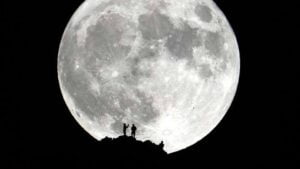Despite exporting millions of dollars worth of gemstones annually, Pakistan’s gemstone sector remains without formal industry status. Experts highlight the untapped potential, estimating the country could export up to 800,000 carats of rubies, 87,000 carats of emeralds, and 5 million carats of peridot each year. However, outdated mining methods and limited research result in significant losses of these valuable resources.
A Rich Reserve of Precious Gems
Pakistan is home to billions of tons of precious and semi-precious gemstone reserves, including emeralds, rubies, topaz, jade, and agate. These gemstones, highly valued in global markets like Europe and the United States, are primarily extracted from regions such as Khyber Pakhtunkhwa, Balochistan, Gilgit-Baltistan, FATA, and Kashmir.
Overcoming Industry Challenges
While the gemstones hold immense value, poor mining practices, lack of skilled polishing, and inadequate craftsmanship diminish their worth. Gemstones priced at a few thousand rupees locally often sell for millions of dollars abroad. Experts stress that these shortcomings lead to a significant loss of wealth and potential for Pakistan.
Northern Pakistan: A Hub of Unique Gemstones
The northern regions of Pakistan are a treasure trove of rare gemstones. Swat is renowned for its emeralds, with deposits in Shamozai, Gujar Kalay, Charbagh, and Katlang. Mardan produces the world’s finest pink topaz, while Hazara and Kohistan are known for peridot. Gilgit and Skardu contribute aquamarine and tourmaline to this rich collection, positioning the region as a hub for rare and valuable gems.
Unlocking the Sector’s Potential
To fully leverage its gemstone reserves, Pakistan must modernize its mining practices, grant the sector industry recognition, and establish research institutions to explore untapped deposits. With these measures, Pakistan could significantly boost exports and generate billions of dollars in foreign exchange annually, giving a major uplift to its economy.


